Seared Ahi Tuna Steak is a simple yet elegant dish that brings restaurant-quality flavor to your table in mere minutes!
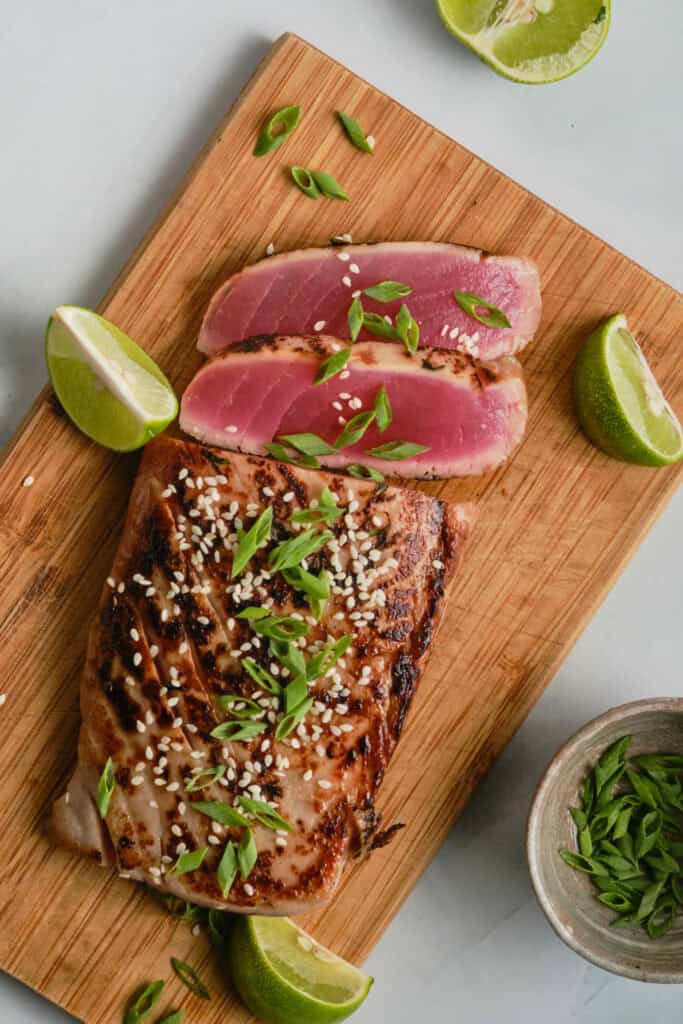
I first fell in love with seared ahi tuna while vacationing in Longboat Key, Florida. I’ll be honest. I’m not exactly a fan of beach vacations. Laying in the hot sun for hours, sailing the unforgiving waters of the Gulf, and being surrounded by land so flat you can see the horizon stretch endlessly—it’s just not for me. But it was during one of those beachside dinners, with a salty breeze and the sound of waves in the background, that I took a chance on the seared ahi tuna. One bite of that perfectly crusted, melt-in-your-mouth tuna, and I was hooked.
If I’d known how to cook back then, I’d have raced back to the condo we were staying at and whipped up my own batch of ahi tuna steaks. Alas, I’d have to wait a few years to gain some culinary confidence. If only I knew that it’s surprisingly easy to recreate at home. You just need quality tuna, a handful of ingredients, and a hot skillet!
Seared ahi tuna is a dish that blends simplicity and sophistication. I can see why it’s a popular menu item at upscale restaurants. But like I said, it’s easy to make, with minimal cooking time.
The technique involves briefly searing the tuna on high heat and leaving the center raw, highlighting the fish’s tender texture and natural flavor. Though I’d say what makes this fish is the marinade, a simple mix of soy sauce, sesame oil, and honey. It adds a balanced umami flavor with just a hint of sweetness. Searing the tuna at a high heat locks in the juices and gives it a deliciously delicate crust! So. Dang. Good.
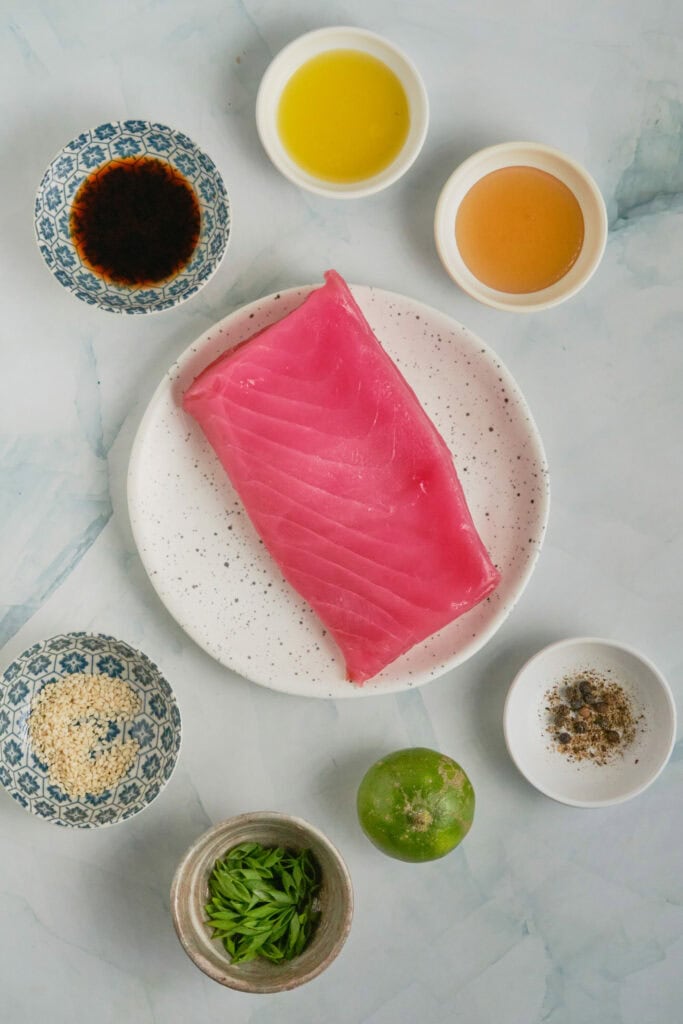
Is This Seared Ahi Tuna Steak Healthy?
You bet it is. Seared ahi tuna is a lean source of protein and rich in omega-3 fatty acids. This recipe is naturally low-carb and high in healthy fats. It’s a great option for anyone following a keto or paleo diet. Still, there’s a decent amount of sodium in this recipe. But that’s an easy fix—simply use a low-sodium soy sauce or coconut aminos!
Getting that Perfect Sear
The first thing you’ll want to do is pat the tuna steak dry with paper towels. You probably notice that your tuna is quite wet (this is normal). Just a few pats go a long way to remove excess moisture so that the exterior has a better chance of getting crispy.
Next, heat the skillet until it’s almost smoking, and then add the tuna. Also, resist the urge to move the tuna around—you want an even sear. The key here is to sear the tuna quickly (about one or two minutes per side) to keep the center rare and tender!
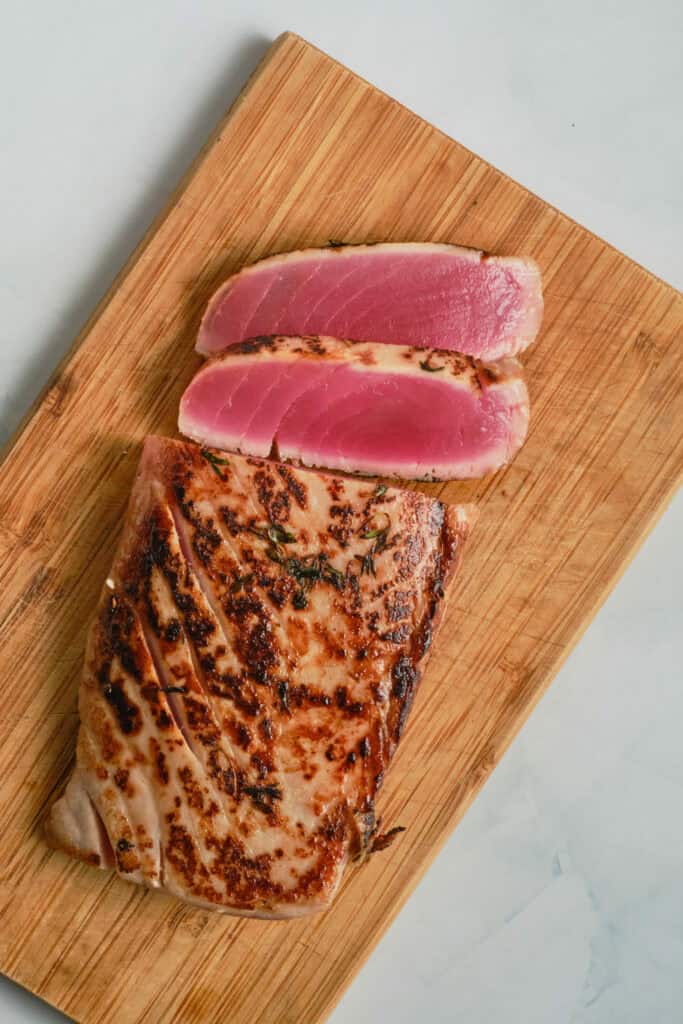
How to Make Ahead And Store
In my opinion, seared ahi tuna is best served fresh. However, you can marinate it in the fridge for up to 1 hour before cooking. For leftovers, store them in an airtight container in the refrigerator for up to 2 days. To reheat, gently warm the tuna on a low setting to avoid overcooking.
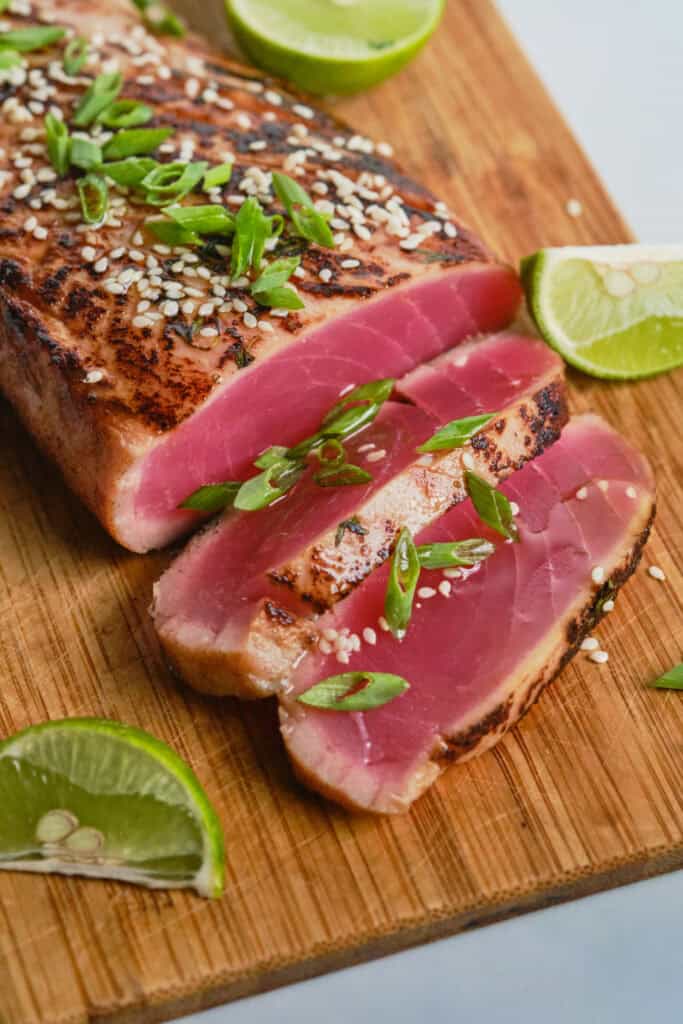
Serving Suggestions
I love seared ahi tuna over a bed of Steamed Rice or Vegetable Fried Rice. You could also serve it alongside a Japanese cucumber salad with a sesame vinaigrette. For a low-carb option, pair it with Sautéed Spinach or a light Avocado Salad. What’s more, seared ahi tuna’s simple flavor also goes nicely with this Easy Healthy Vegetarian Stir-Fry With Cashew Cream Sauce!
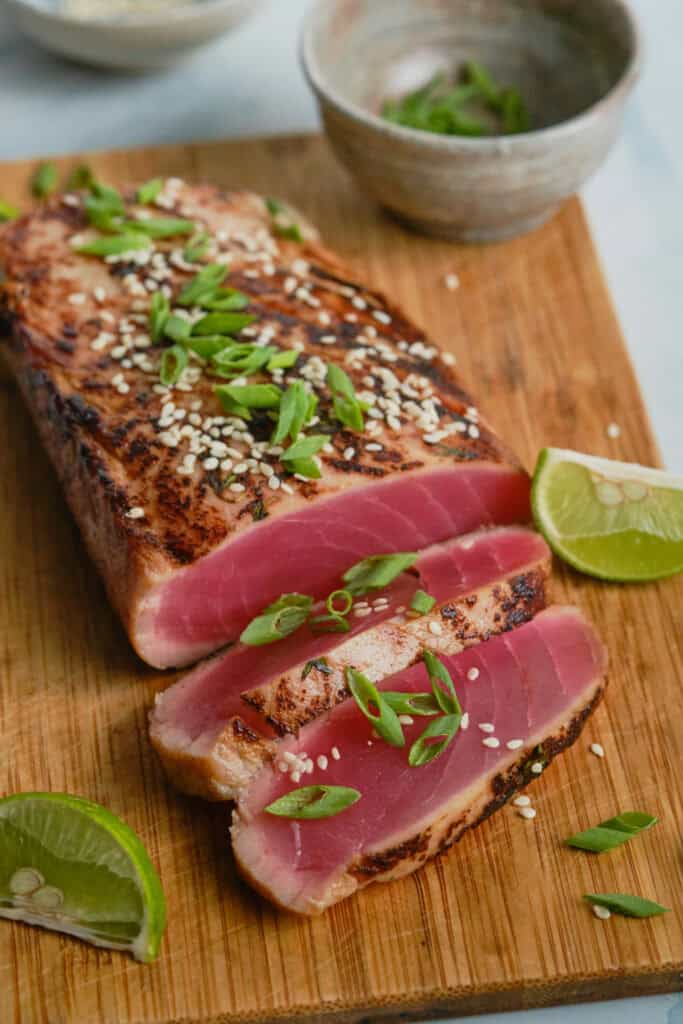
Recipe
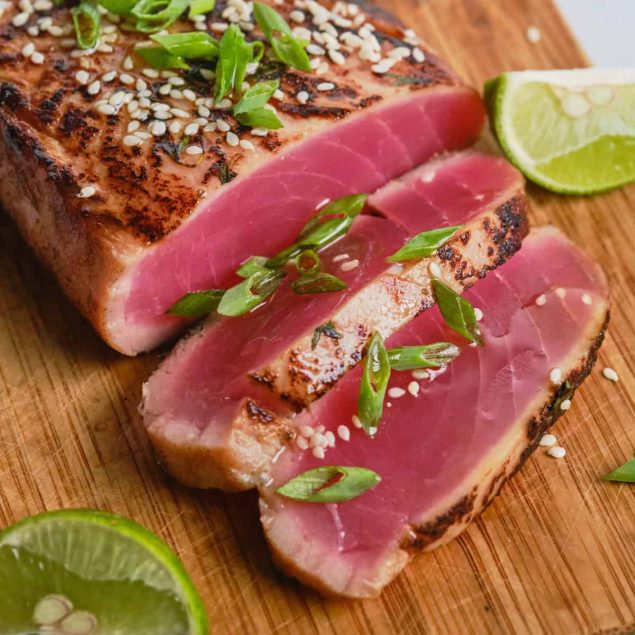
Ingredients
- 2 tablespoons soy sauce
- 2 tablespoons sesame oil
- 1 teaspoon white sesame seeds
- 1 tablespoon honey
- Pinch of black pepper
- 1 2-inch thick sushi-grade tuna steak/fillet
- ½ tablespoon green onions sliced
- Lime wedges for garnish
Instructions
- In a small bowl combine the soy sauce, 1 tablespoon sesame oil, white sesame seeds, honey, and black pepper. Mix well.
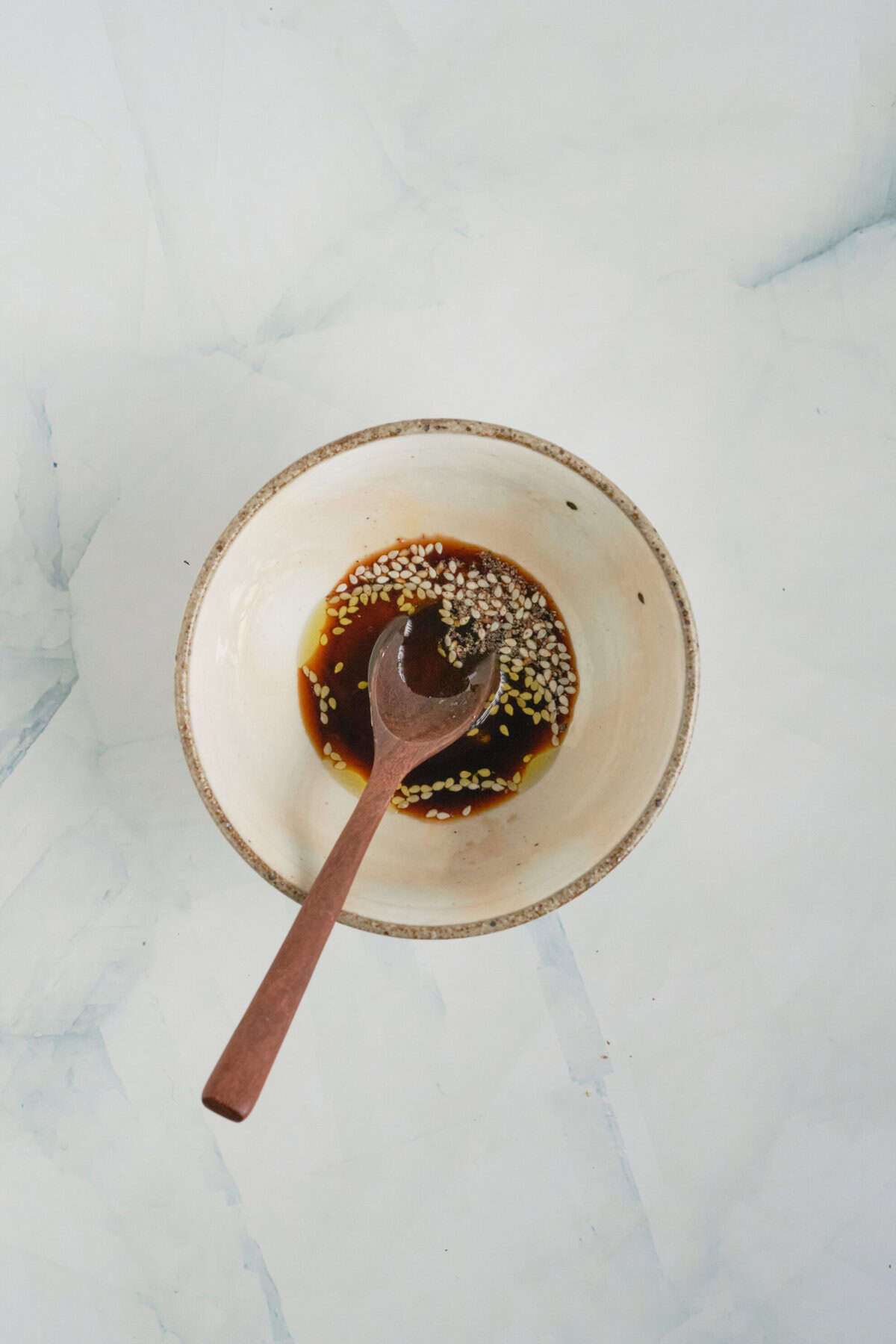
- Pour the mixture over the tuna steak until fully coated. Allow the fish to marinate for at least 10 minutes in the fridge.
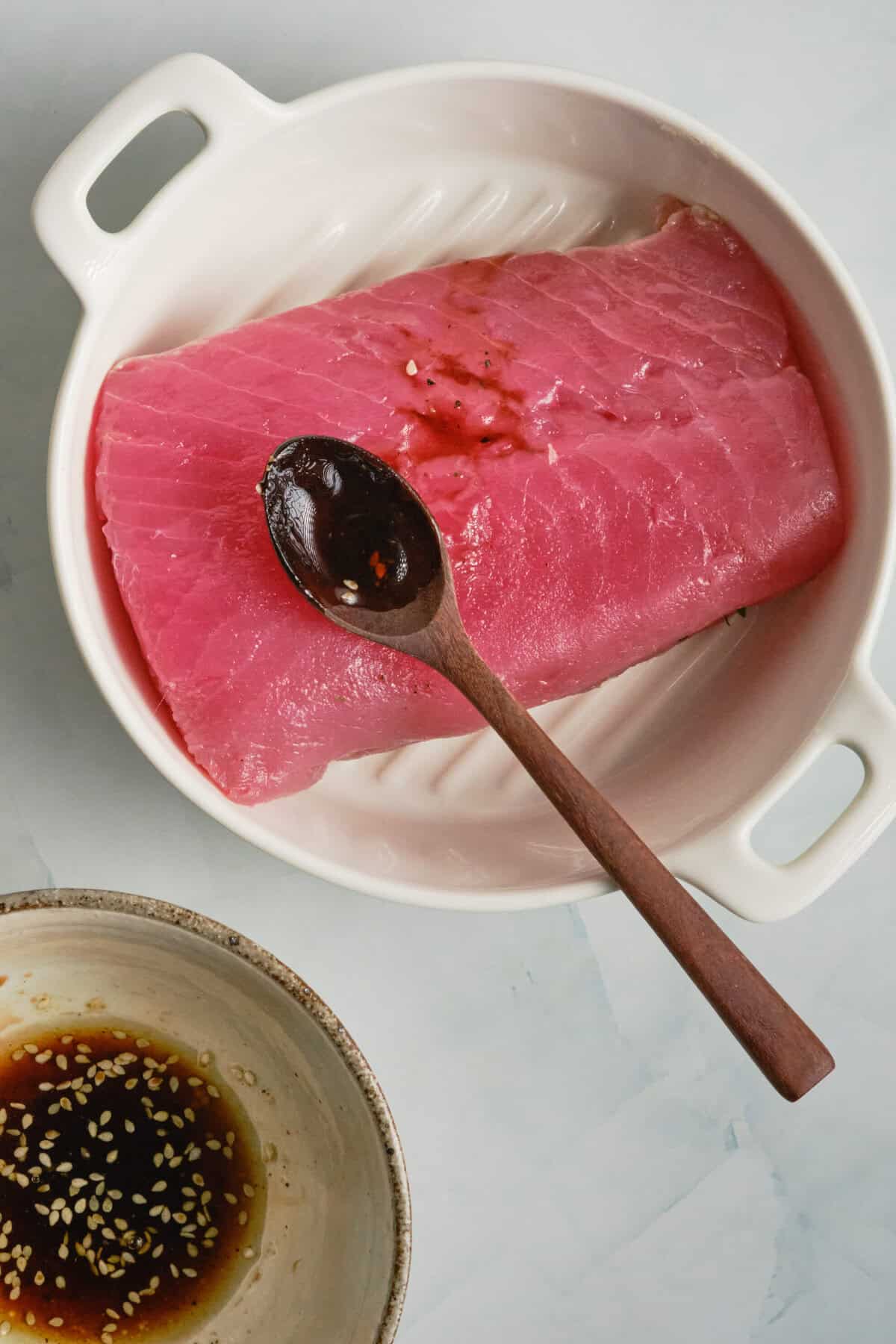
- Heat a skillet on high. Add 1 tablespoon of sesame oil. Once hot, sear the tuna steak for 2 minutes on each side. The tuna should be medium-rare for best results.

- Transfer the seared tuna steak to a cutting board. Slice into ½-inch-thick slices. Serve the sliced tuna with green onions, sesame seeds, and lime wedges.

Nutrition Info:
Recipes written and produced on Food Faith Fitness are for informational purposes only.
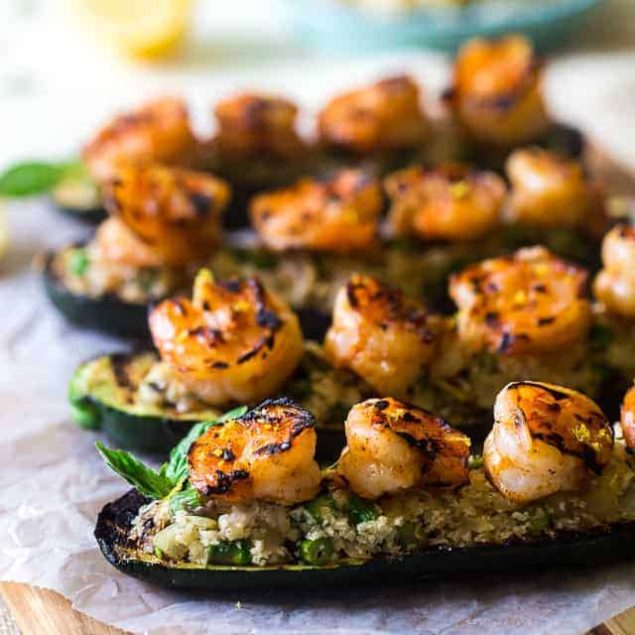
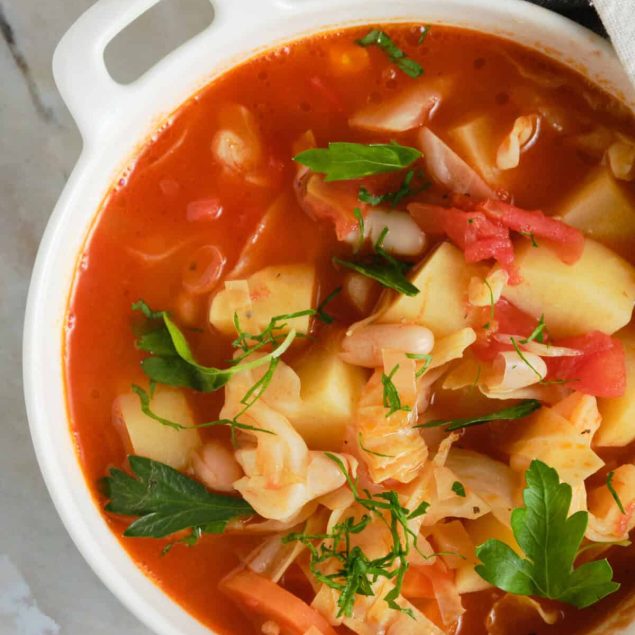
Leave a Comment